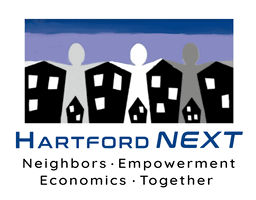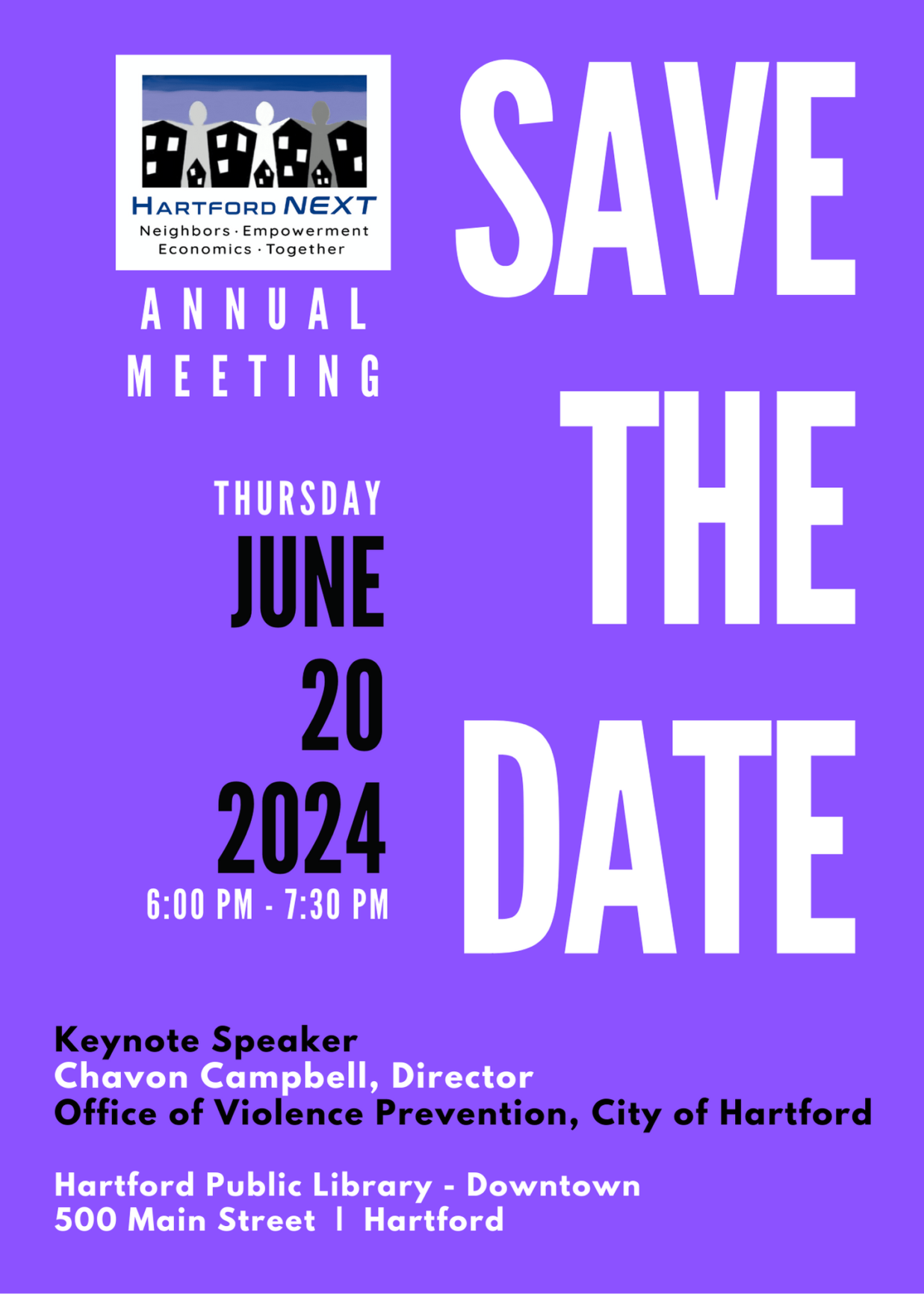NRZ FAQs
In 1995, the Connecticut State Legislature adopted Public Act #95-340 – “An Act Establishing a Neighborhood Revitalization Zone Process.” The purpose of the legislation was to provide a tool for the revitalization of neighborhoods with significant numbers of blighted properties. (CGS Chapter 18 Sec. 7-600-608.)
The role of the NRZ Planning Committee is to develop a Strategic Plan for the NRZ. Such a plan must include a vision for the neighborhood and a revitalization plan that will achieve that vision. An NRZ Strategic Plan must answer four questions:
- What does the neighborhood look like today?
- What do we want the neighborhood to look like?
- How do we get there?
- How can we measure our progress?
Once the NRZ Strategic Plan has been adopted by the NRZ Planning Committee, it is submitted for adoption as an ordinance by the governing body of the local government. The NRZ Planning Committee then reconstitutes itself as an NRZ Implementation Committee and continues the work of revitalizing the neighborhood in accordance with the Strategic Plan.
A number of Connecticut municipalities have active NRZs, including New Haven, New Britain, Waterbury, and Bridgeport. Hartford has the distinction of having formed the most NRZs of any community in the state: thirteen.
All NRZ meetings are open to the public and all NRZs welcome the involvement of new people. Anyone who lives, works, worships, owns property, or has any direct interest in an NRZ is encouraged to attend NRZ meetings, volunteer for committees, participate in issue discussions, and obtain information about the work of the NRZ.
A neighborhood wishing to obtain the Neighborhood Revitalization Zone (NRZ) designation first creates an NRZ Planning Committee composed of representatives of all neighborhoods “stakeholders,” i.e. individuals and groups having an interest, financial and otherwise, in the well-being of the neighborhood. Stakeholders might include homeowners, businesses, renters, faith communities, nonprofits, property owners, government, institutions, and schools At least 51% of the members of an NRZ Planning Committee must be neighborhood residents.
Hartford’s thirteen NRZs have Strategic Plans which have all been adopted through an ordinance by the Hartford Court of Common Council. The NRZs follow the other requirements of the ordinance such as providing minutes of meetings to the City Clerk’s office.
Each NRZ has a permanent committee or board of directors. The Mayor of the City of Hartford appoints a representative to each of the NRZs. That individual is a voting member of the NRZ committee and participates fully in all of the NRZ’s work. His/her special responsibilities include repre
The NRZ designation allows the NRZ and its local government access to several tools provided in the State legislation, such as expanded use of eminent domain, rent receivership and tax agreements, and waivers of environmental, health, and safety codes that jeopardize implementation of the strategic plan.
Hartford NEXT, Inc. (HNXT) is the coalition of Hartford’s 13 Neighborhood Revitalization Zones (NRZs) and the City of Hartford. Formed in 1997 as Hartford 2000, Inc., the coalition’s purpose was to bring the diverse NRZs together for the common good of the residents of Hartford.
Office Phone: 860-509-3778
eMail: hnxt@hartfordNEXT.org
Mailing Address:
Hartford NEXT, Inc.
P.O. Box 261242
Hartford, CT 06126
By the hospitality of Sheldon Oak Central, Inc.,
Hartford NEXT maintains our office space at 79 Van Block Avenue, Hartford, CT 06106.
Please call or write in advance so we can welcome you appropriately.


